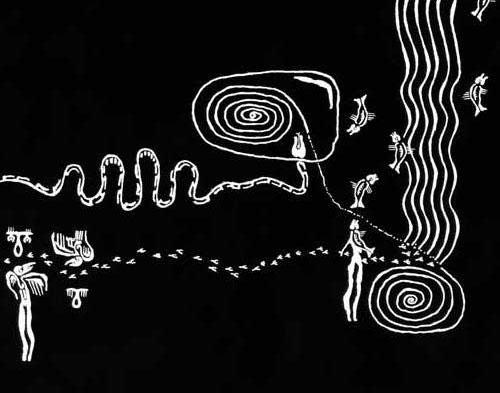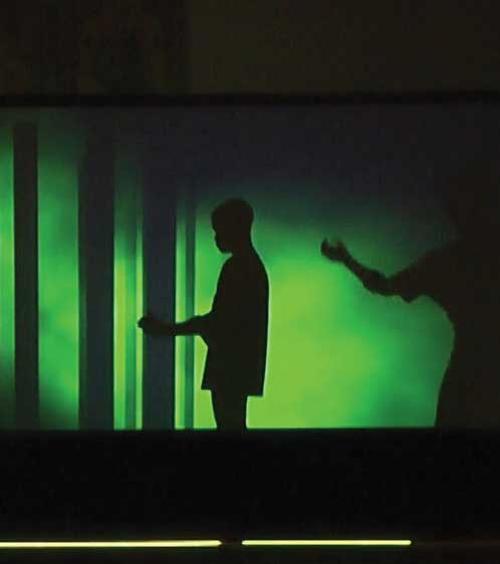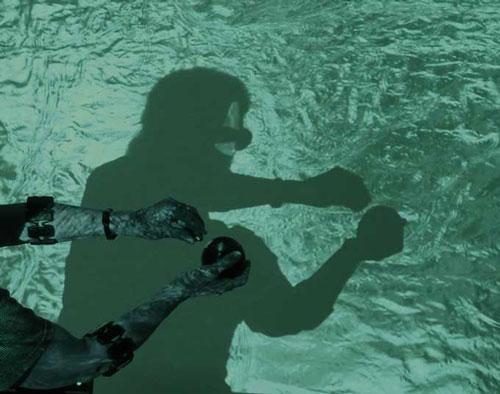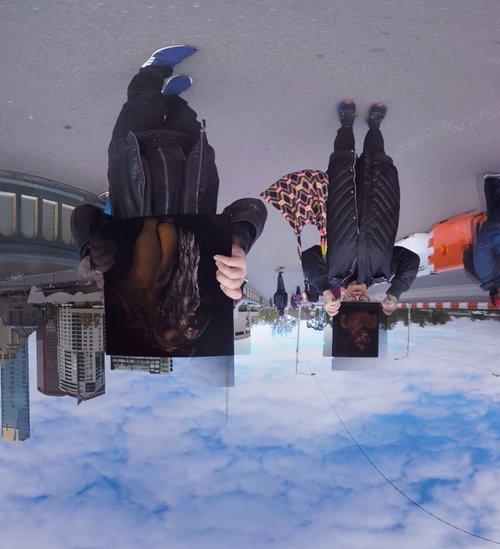Metascape, memory and spacetime: The museum in VR
In The Time Machine (1895) by H.G. Wells, a scientist projects himself forward from Victorian London to the year 802,701, where he discovers a civilisation of futuristic, childlike adults preyed upon by a repressed, animalistic underclass. One night, under threat from the latter, he seeks refuge in a great green porcelain museum reminiscent of London’s Crystal Palace, which becomes a temporary lens through which he views this dystopian future. Inside, the time‑traveller finds some things intact and others looted or destroyed. There are no books in the library or texts in the museum. He is left to form knowledge about the world from the frame of his own experience. The building is a shell that has preserved objects but not memories, and the fact of its survival has not meant the same for its cultural narratives. Nevertheless, in the year 802,701, the dynamics of the museum are the same for interstellar travellers as they were for Victorian flaneurs; it provides space and time for exploration, remembering and sometimes forgetting.










